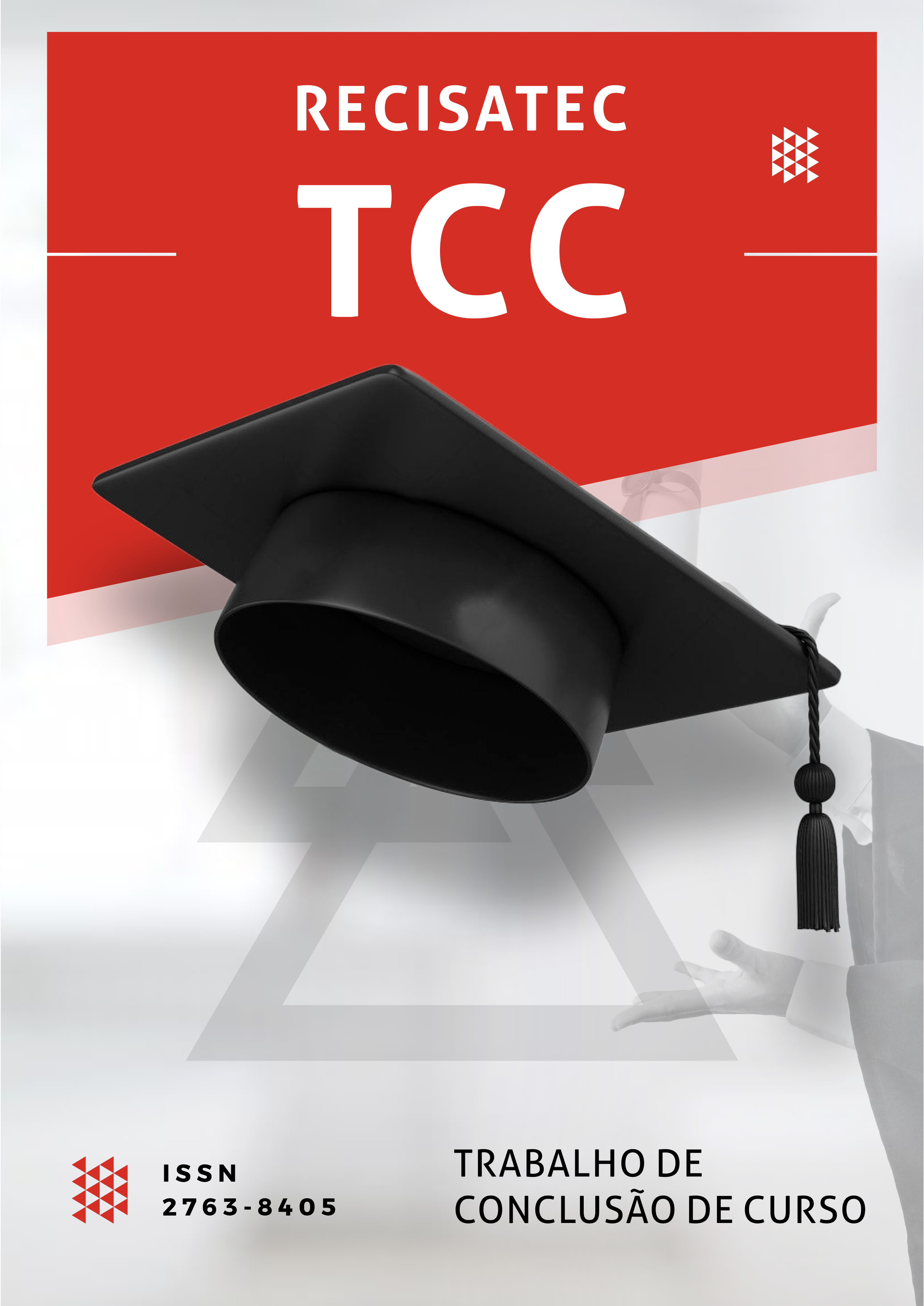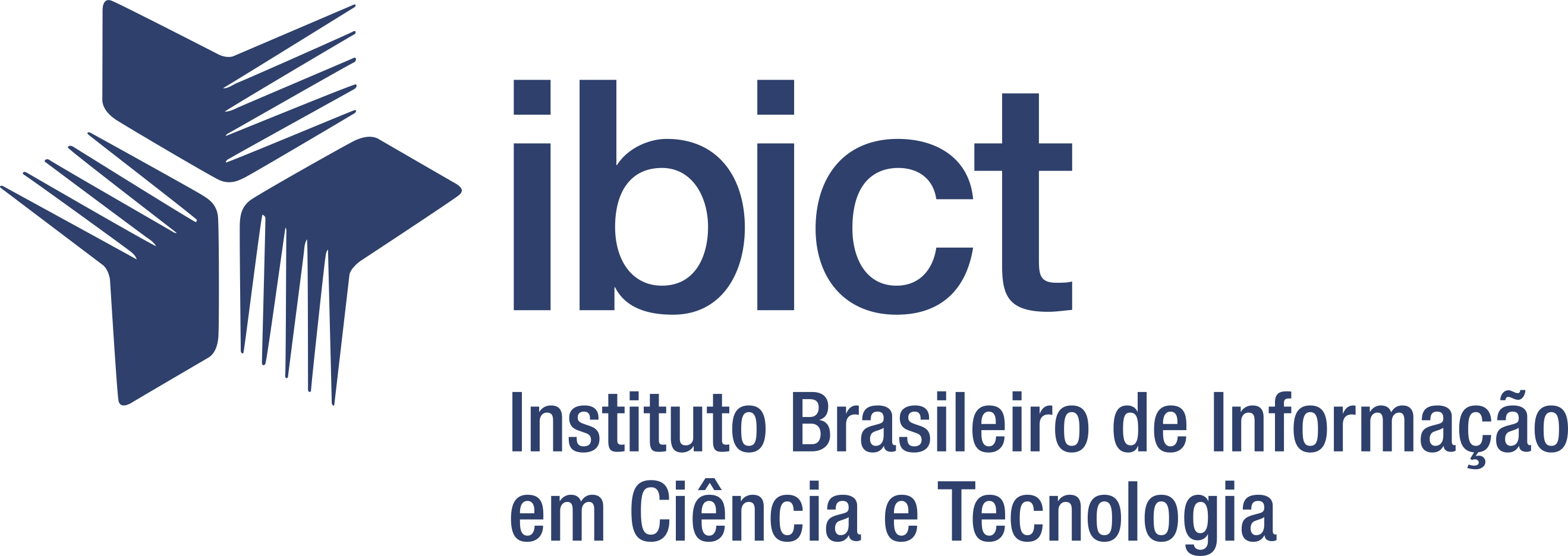BLOODSTREAM INFECTION ASSOCIATED WITH THE USE OF PICC IN NEWBORNS: KNOWLEDGE OF NURSING UNDERGRADUATESTUDENTS ON RELATED FACTORS AND STRATEGIES USED FOR PREVENTION
DOI:
https://doi.org/10.53612/recisatec.v1i1.46Keywords:
Neonatal nursing; Peripherally Inserted Central Catheter; Peripheral Catheterization; Bloodstream Infection.Abstract
Introduction: This study seeks to obtain greater knowledge about the actions and strategies used by nurses for the prevention of Bloodstream Infection associated with the use of PICC in neonates. Objective: The aim of the study is to describe the knowledge of nursing students about factors related to ICS associated with the use of PICC in neonates and the strategies used for prevention. Method: This is a descriptive, cross-sectional study with a qualitative approach that was carried out with nursing students from the 6th to the 10th period of the Undergraduate Nursing Course at the University of Mogi das Cruzes, in São Paulo, Brazil. Results and discussion: To compose this study, sociodemographic data were collected to better understand the participating public. A total of 22 undergraduate nursing students were invited, 81.82 females, and 18.18% males, with varying ages, up to 25 years old (68.18%), 25 to 35 years old (18, 18%), 35 to 45 years (9.09%) and from 45 years onwards (4.55%). According to the results obtained through a questionnaire separated by themes, we emphasize that the interviewed students demonstrated agreement with what the literature says about the importance of training for passing and maintaining the PICC and other care aimed at preventing associated ICS, not being restricted only to the nurse, but also to the entire nursing team that is directly involved in the care. Conclusion: The collected data and their respective results demonstrate a satisfactory knowledge of undergraduates about the applied questions, showing that the objective of this study was achieved. A limitation of this study was the scarcity of researches carried out with undergraduate nursing students in relation to the use of PICCs in newborns, as most of the reported researches are carried out with professionals who have already graduated, showing a different reality and perspective.
Downloads
References
ANVISA. Agência Nacional de Vigilância Sanitária. Gerência Geral de Tecnologia em Serviços de Saúde. Gerência de Vigilância e Monitoramento em Serviços de Saúde. Critérios Diagnósticos de Infecções Relacionadas à Assistência à Saúde – Neonatologia. Brasília, 2013. Disponível em: < https://bvsms.saude.gov.br/bvs/publicacoes/criterios_diagnosticos_infeccoes_assistencia_saude_neonatologia.pdf>. Acesso em: 23 jul. 2021.
BELO, Marcela Patricia Macêdo; et al. Conhecimento de enfermeiros de Neonatologia acerca do Cateter Venoso Central de Inserção Periférica. Revista Brasileira de Enfermagem, Brasília,v. 65, n. 1, p. 42-8, jan-fev; 2012. Disponível em < http://www.scielo.br/pdf/rlae/v18n2/pt_08.pdf> Acesso em 18 out. 2021. DOI: https://doi.org/10.1590/S0034-71672012000100006
BITTENCOURT, A.; LAMBLET, L. C. R.; SILVA, L. M. G. Terapia intensiva enfermagem. Rio de Janeiro: Atheneu, 2006.
BOMFIM JMS, PASSOS LS, SILVA JC. Cateter central de inserção periférica: desafios e estratégias de enfermagem na manutenção do dispositivo. Rev CuidArt. [Internet]. 2017 [acesso em 15 out 2021]; 11(1). Disponível em: http://www.webfipa.net/facfipa/ner/sumarios/cuidarte/2017v1/18%20Artigo%20Cateter_central%20de%20inser%C3%A7%C3%A3o%20perif%C3%A9rico%20PICC.pdf
BOMFIM, Joane Margareth Souza et al. Desafios na manutenção do Cateter Central de Inserção Periférica em neonatos. CuidArte, Enferm, p. 174-179, 2019.
BORGHESAN, Nataly Barbosa Alves et al. Cateter venoso central de inserção periférica: práticas da equipe de enfermagem na atenção intensiva neonatal [Peripherally inserted central catheter: practics of nursing team in the neonatal intensive care] [Catéter central de inserción periférica: práctica del equipo de enfermería en la atención intensiva neonatal]. Revista Enfermagem UERJ, [S.l.], v. 25, p. e28143, dez. 2017. ISSN 0104-3552. Disponível em: <https://www.e-publicacoes.uerj.br/index.php/enfermagemuerj/article/view/28143>. Acesso em: 27 maio 2021. doi:https://doi.org/10.12957/reuerj.2017.28143. DOI: https://doi.org/10.12957/reuerj.2017.28143
Downloads
Published
How to Cite
Issue
Section
Categories
License
Copyright (c) 2021 RECISATEC - SCIENTIFIC JOURNAL HEALTH AND TECHNOLOGY

This work is licensed under a Creative Commons Attribution 4.0 International License.
Os direitos autorais dos artigos/resenhas/TCCs publicados pertecem à revista RECISATEC, e seguem o padrão Creative Commons (CC BY 4.0), permitindo a cópia ou reprodução, desde que cite a fonte e respeite os direitos dos autores e contenham menção aos mesmos nos créditos. Toda e qualquer obra publicada na revista, seu conteúdo é de responsabilidade dos autores, cabendo a RECISATEC apenas ser o veículo de divulgação, seguindo os padrões nacionais e internacionais de publicação.





















































